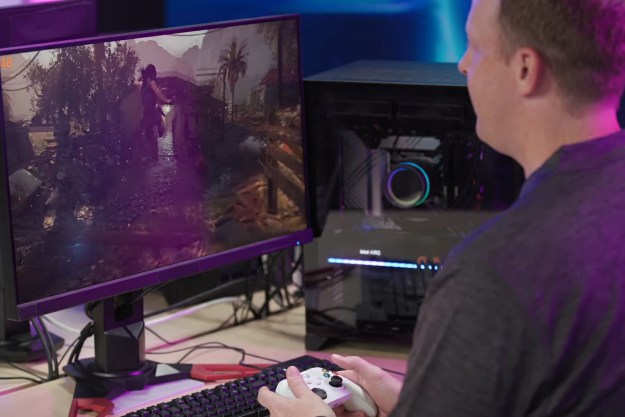Intel, the world’s largest chipmaker, has announced that it’s joining with the Swiss semiconductor maker STMicroelectronics in a new company that will sell flash memory chips. Both companies have experienced problems with the business of flash memory chips, which are used in cell phones, digital cameras and digital music players. There are two types of flash chips, NAND and NOR; NAND chips are used in digital cameras and music players while NOR chips contain the operating systems and software on cell phones. The new venture will see Intel selling its NOR chips and STMicroelectronics selling both types of chips. Intel already has a venture for its NAND chips with Micron Technology, and the new business will not affect that. Under the agreement, Intel will receive about 45% of the new company and STMicroelectronics about 49%. The remaining 6% will go to the private equity group Francisco Partners, which is paying around $150 million for its stake. The company will begin with about $1.3 billion of debt from buying out the assets of the two companies. The move has been well received in business circles. Last year, Intel’s flash business had sales of $2 billion, but still lost $500 million. It’s believed that this large consolidation could bring more stable pricing to the flash memory industry. The new company, which is expected to have around 8,000 employees, will be based in Geneva, Switzerland. According to Carlo Bozotti, the president and chief executive of STMicroelectronics, “Our objective is that this company will go public.” Intel shares rose about one per cent on Wall Street, as did those of STMicroelectronics on the Paris market.
Editors' Recommendations
- What to do if your Intel CPU keeps crashing
- No, Intel isn’t blaming motherboard makers for instability issues
- Intel Battlemage graphics cards: release date speculation, price, specs, and more
- Some Intel CPUs lost 9% of their performance almost overnight
- It just became the perfect time to buy a last-gen Intel CPU



